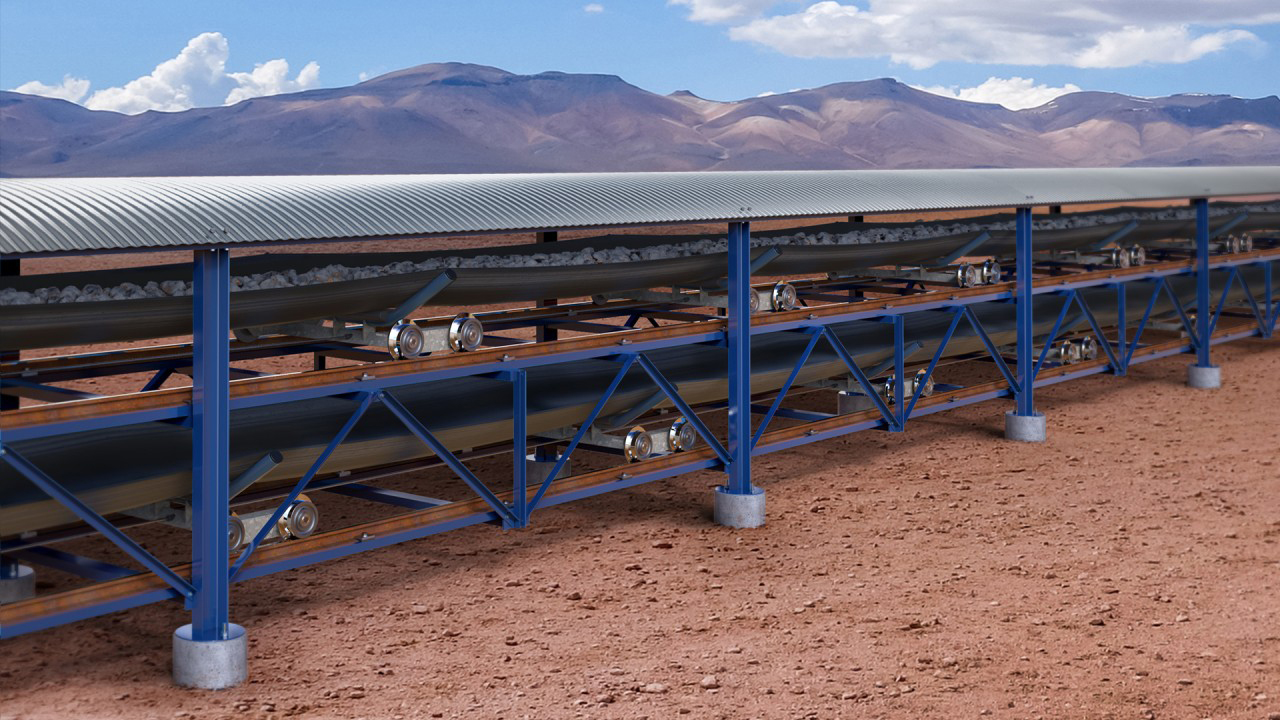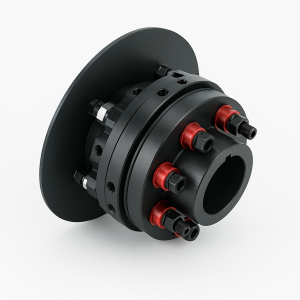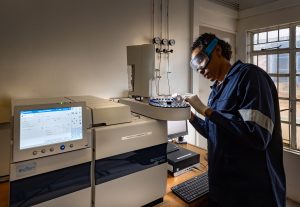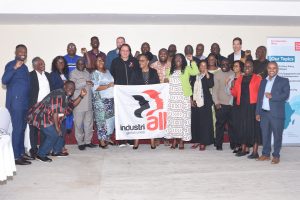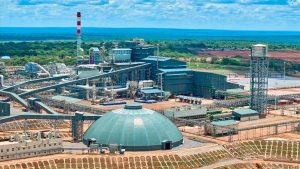Africa poised to lead in adopting FLS Rail-Running Conveyor technology
A mining operation in Africa is set to become one of the first adopters of Rail-Running Conveyor (RRC) technology, developed by FLS in collaboration with the University of Newcastle, Australia. This innovative system is designed to significantly reduce energy consumption, improve safety, and cut costs for mines that require long-distance material transport.
The first full-scale RRC system, scheduled for commissioning in southern Africa by mid-2025, will transport 5,000 tonnes of copper ore over 3.25 km, potentially saving about $1 million annually in power costs compared to conventional conveyors. Another system, being built for the same mining company in the Americas, will handle 13,000 tonnes per hour, offering similar efficiency benefits.
Unlike traditional conveyor systems, RRC technology uses steel wheels on steel rails instead of idlers, drastically lowering friction and energy losses—estimated to be only a fraction of those seen in standard conveyors. The technology also allows faster speeds, narrower belts, and lower drive power requirements, further reducing costs.
By eliminating unnecessary transfer points and improving maintenance processes, RRC enhances worker safety while decreasing downtime. The system has been in development for a decade, leveraging expertise in underground rail and overland conveyor technology. FLS and the University of Newcastle believe it represents a paradigm shift in mining logistics, with potential applications for extended distances and complex terrains.
Share this content:
